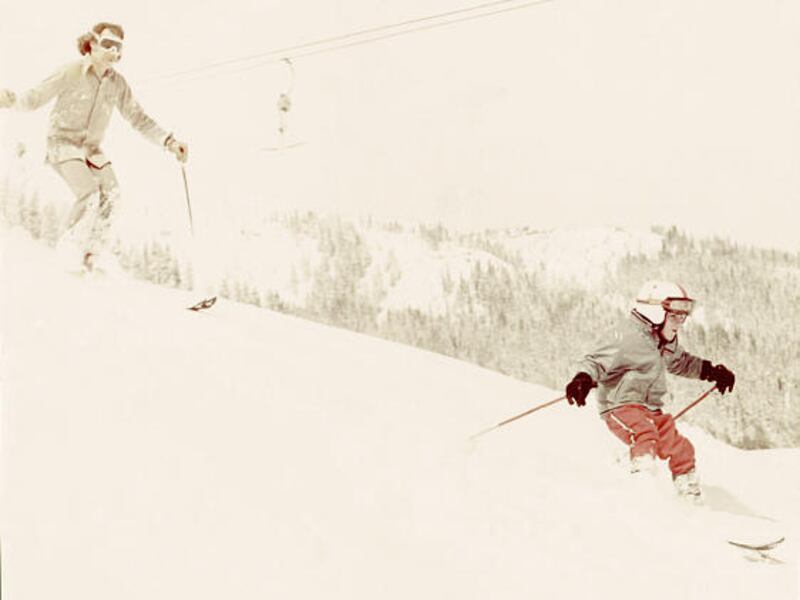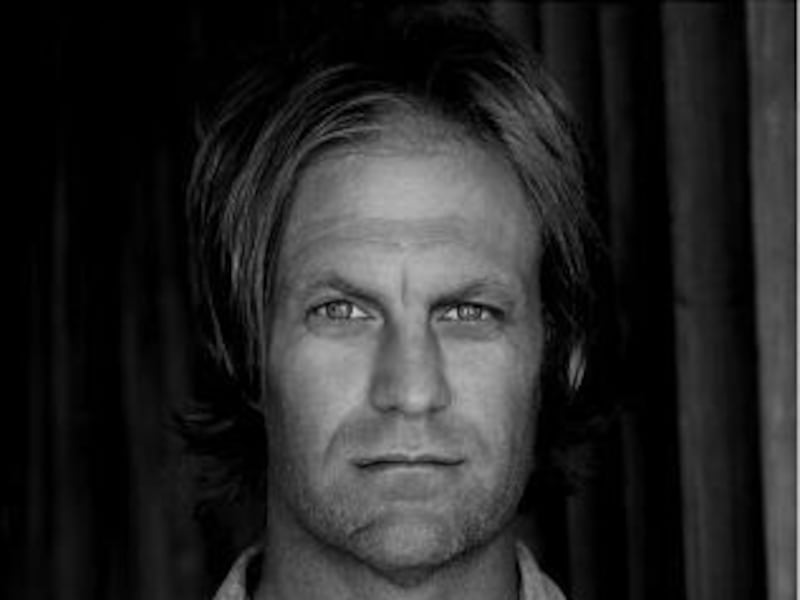"CRAZY FOR THE STORM: A Memoir of Survival" by Norman Ollestad, Ecco, an imprint of Harper Collins, 272 pages, $25.99
When he was 11 years old, Norman Ollestad survived a plane crash, while the other passengers, including his father, did not.
"Crazy for the Storm" is a memoir celebrating the unbreakable bond between a father and a son and the indomitable instinct to survive.
In February 1979, Ollestad was on a small flight that was carrying only him, his father and his father's girlfriend.
Foggy conditions made visibility from the plane's windows impossible. The wing of the plane clipped a tree limb and the plane crashed into Ontario Peak in the San Gabriel Mountains in California.
The flight was supposed to last only 30 minutes, but it turned into a nine-hour test of survival for Ollestad.
Ollestad searched the frozen mountain for his father, only to find him dead. His father's girlfriend was injured and would not make it off the mountain alive.
Hearing his father's voice in his head and putting into practice the lessons he had learned from his father, Ollestad made it down the mountain.
Ollestad's father, also named Norman, was an adventurer, seeking new experiences and thrills. The two would surf daring waves and ski unchartered slopes together, even when Ollestad was only a young child. His father consistently encouraged him to push the limit.
Ollestad writes extensively on his and his father's ski and surf excursions in "Crazy for the Storm," allowing the reader to peer into the dynamics of his father's parenting style, which he later credits for saving his life.
He writes, " 'We should hike back up, Dad,' I said. 'It's too deep. That's why we shouldn't have come here. It's too deep.
'It's never too deep, Ollestad.
'Yes it is. It's too deep to even see or move.
'You have to pump your legs right away before the skis submarine.
'It's impossible,' I said. 'Why do you make me do this?'
'Because it's beautiful when it all comes together.' "
Many scenes are themed in this way, with a young Ollestad overcoming his fears because of his father's coaxing.
Ollestad carefully outlines the journey that led to the plane crash by alternating between the crash and scenes from his childhood in each chapter.
"I wrote many drafts in chronological order. But to reflect the true nature of the experience, it needs to happen all at the same time," Ollestad said.
To document the crash, Ollestad had to relive the memories of the fateful day that took his father's life and almost his own.
"I began just by writing down the memories. I spent many hours doing that," Ollestad said.
After reviewing newspaper articles and reports on the crash, Ollestad said, he worked with a therapist to go deeper into the survival memories.
To jog his memory even further, the author revisited the crash site.
"I have a strong geographical memory. It cued and instigated a lot of those memories. It came back in full memory," Ollestad said.
He went to the same airport and chartered the same route that was supposed to be traveled in 1979.
"A lot of the things I did with my father I did 10 times over. They had a different shape to them, but they were essentially the same," Ollestad said.
Now a father of a 9-year-old son, Ollestad sees himself following his father's parenting style, just not as extreme.
"I don't push him that far. My technique is that I offer and expose him to the different surfing and skiing situations and he takes me up on some of it."
Ollestad did make a point to pass on the lesson his father had taught him, which he ultimately credits for saving his life, "I wanted to demystify the ordeal so that he could understand that reaching deep down into yourself was accessible to everyone, especially him," Ollestad writes in the book's epilogue.
"I hope people get the strength and resilience of my father and his willingness to engage in life and thrive. And to not be afraid," Ollestad said.



